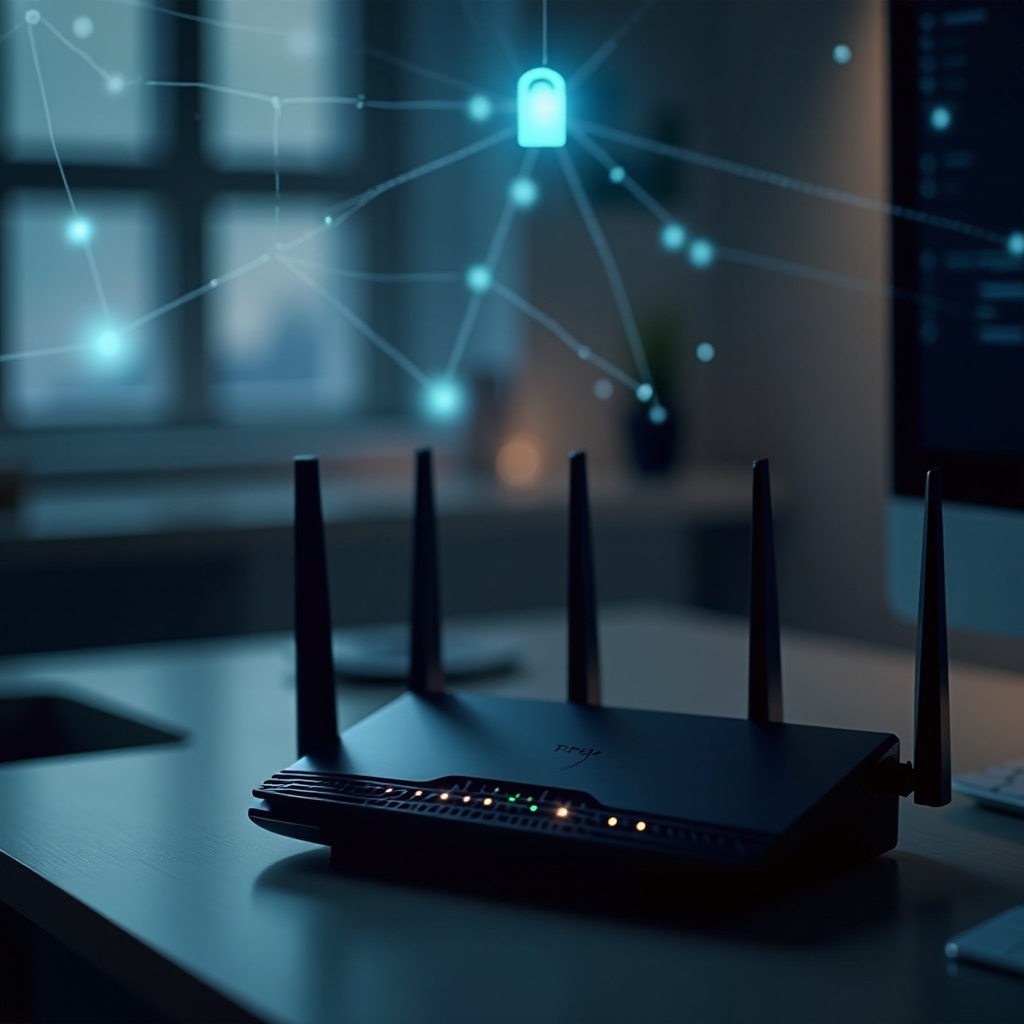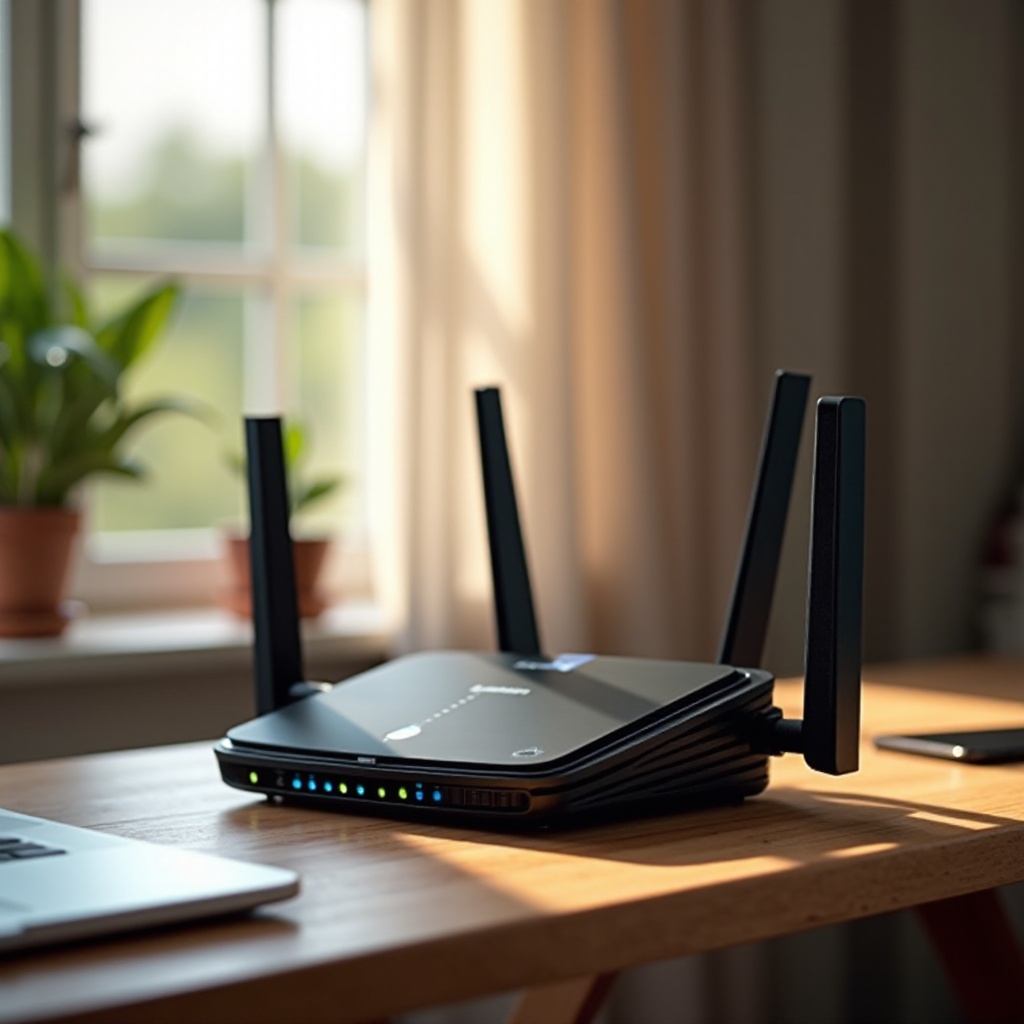
Introduction
With the rise of digital connectivity, securing your home wireless network is more critical than ever. Routers are central to this security, acting as gateways that need vigilant safeguarding. TP-Link, a widely used brand recognized for its cost-effectiveness and robust features, may become vulnerable to cyber threats if not properly secured. Understanding the potential security issues associated with TP-Link routers initiates the process of protecting your network. This guide delivers detailed insights into identifying possible threats and strengthening your router’s security features to safeguard your data from unauthorized access.

Understanding Common TP-Link Router Security Issues
TP-Link routers, like any tech devices, face a range of security vulnerabilities. Common concerns include outdated firmware, default passwords, and a general lack of security awareness among users. Operating an outdated firmware exposes routers to known vulnerabilities and exploits, increasing the risk of unauthorized access. Additionally, the failure to change default login credentials leaves networks vulnerable to breaches. Ignoring security configurations can also open paths for cyber intrusions. Addressing these common issues requires a proactive approach. By informing yourself and taking timely steps, you can bolster your TP-Link router’s security.

Initial Steps to Secure Your TP-Link Router
Securing your router starts with straightforward yet vital measures. Let’s delve into foundational changes essential for safeguarding your network.
Change Default Login Credentials
- Access your TP-Link router’s web interface using its IP address.
- Log in with the default credentials found on your router or in its user manual.
- Navigate to the ‘Administration’ or ‘System Tools’ section and create a strong, unique username and password.
Update Router Firmware Regularly
- Check the firmware version in your router’s ‘System’ settings.
- Visit the TP-Link support site to find the latest firmware version for your model.
- Follow the online instructions to download and install the update.
Taking these basic steps positions your network against common threats. Up next, we will explore advanced strategies that provide an additional security layer to your router.

Advanced Security Measures for TP-Link Routers
For enhanced protection against sophisticated threats, move forward by implementing advanced security strategies.
Enable WPA3 Encryption
- Access the router’s settings and navigate to the ‘Wireless Security’ section.
- Select WPA3 from the available encryption options.
- Save changes to secure your data with this cutting-edge encryption standard.
Configure a Guest Network
- Locate the ‘Guest Network’ option in router settings.
- Enable the guest network and secure it with a password.
- This separates guest access from your main network, protecting personal data while allowing limited access to visitors.
By strengthening encryption and controlling access through a guest network, you improve your TP-Link router’s defenses. Additionally, employing the router’s innate features can extend control and protection for your network.
Using Built-In TP-Link Security Features
TP-Link routers come with built-in tools designed to manage and secure home networks effectively. Utilizing these features affords comprehensive protection from a wide range of threats.
Activate the Router Firewall
- Access your router’s settings to find the ‘Security’ or ‘Firewall’ section.
- Enable the firewall to restrict unauthorized access and manage data traffic.
- Modify advanced settings as needed to tailor the security to your preferences.
Set Up Parental Controls
- Find the ‘Parental Controls’ option in your router settings.
- Establish restrictions for devices you want to monitor or restrict.
- This feature is valuable for managing internet access and providing a safe online environment for children.
Built-in features like firewalls and parental controls not only protect against external threats but also help internal network management. Consistent maintenance and vigilance are key to sustaining these security measures.
Regular Maintenance and Monitoring
Securing your TP-Link router is an ongoing commitment. Regular upkeep and scrutiny ensure your network remains safeguarded against evolving threats. Continually review security settings, refresh passwords, and ensure firmware is up to date. Monitoring network activity can help identify potential threats early, granting an opportunity for timely intervention.
Conclusion
Addressing TP-Link router security issues involves a blend of basic and advanced strategies combined with utilizing built-in features and maintaining consistent awareness. By being proactive in managing your router’s security settings, you protect your sensitive information and ensure a secure browsing environment. Stay informed and routinely upgrade your skills to make your TP-Link router a solid protector of your network.
Frequently Asked Questions
How do I update the firmware on my TP-Link router?
To update the firmware, access your router’s web interface using its IP address. Check the current firmware version, download the latest update from the TP-Link support site, and follow the instructions to install it.
What should I do if I suspect my router has been compromised?
If you suspect your router is compromised, change your login credentials, update the firmware, and run a security scan to detect and eliminate any threats. Consider resetting the router to factory settings if necessary.
How can I reset my TP-Link router to factory settings?
To reset your router, find the reset button, usually located at the back, and press it for 10 seconds until the router reboots. This will restore settings to factory defaults, requiring you to reconfigure your security settings.
